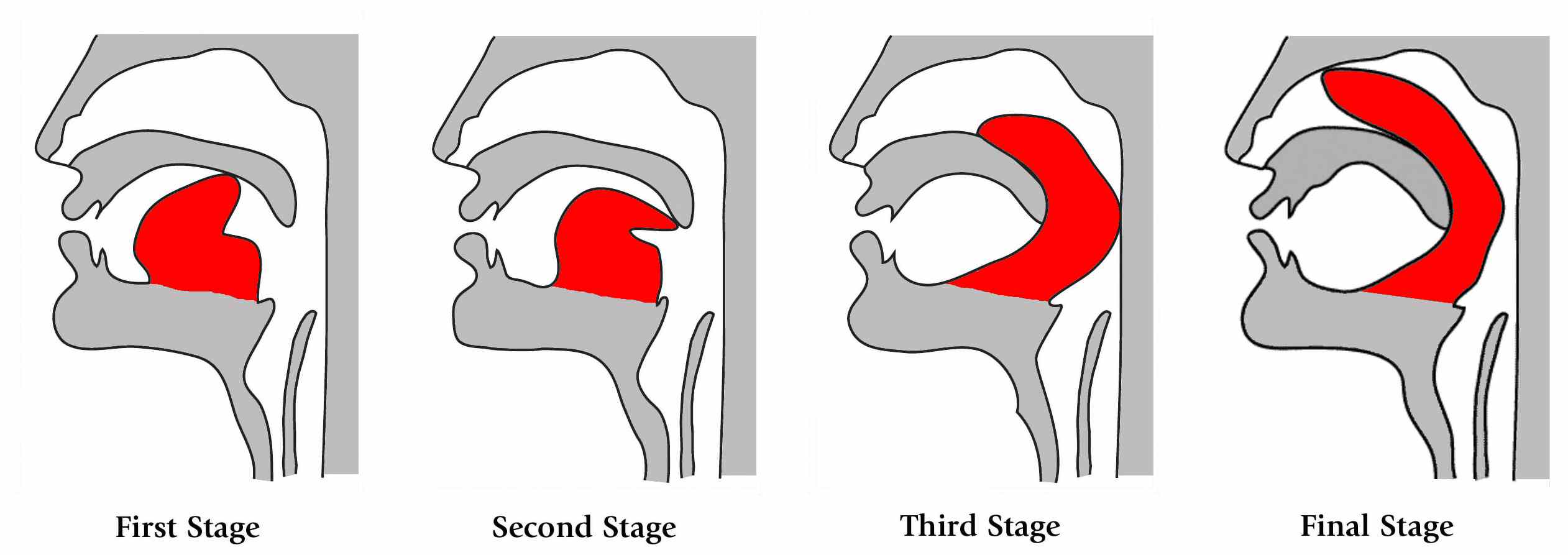Khecarīvidyā on:
[Wikipedia]
[Google]
[Amazon]
The ''Khechari Vidya'' (
 ''Khecarī Mudrā'' (
''Khecarī Mudrā'' (
Sanskrit
Sanskrit (; stem form ; nominal singular , ,) is a classical language belonging to the Indo-Aryan languages, Indo-Aryan branch of the Indo-European languages. It arose in northwest South Asia after its predecessor languages had Trans-cultural ...
: खेचरीविद्या, , knowledge of Khechari), an early tantric text on Hatha yoga
Hatha yoga (; Sanskrit हठयोग, International Alphabet of Sanskrit Transliteration, IAST: ''haṭhayoga'') is a branch of yoga that uses physical techniques to try to preserve and channel vital force or energy. The Sanskrit word ह� ...
written around the 14th century, teaches only khecarīmudrā, one of several yogic seals or mudras, and is a major source for that method. This was meant to give the yogin
A yogi is a practitioner of Yoga, including a sannyasin or practitioner of meditation in Indian religions.A. K. Banerjea (2014), ''Philosophy of Gorakhnath with Goraksha-Vacana-Sangraha'', Motilal Banarsidass, , pp. xxiii, 297–299, 331 ...
access to stores of amrita
''Amrita'' (, IAST: ''amṛta''), ''Amrit'' or ''Amata'' in Pali language, Pali, (also called ''Sudha'', ''Amiy'', ''Ami'') is a Sanskrit word that means "immortality". It is a central concept within Indian religions and is often referred to i ...
in the body, and to raise Kundalinī via the six chakra
A chakra (; ; ) is one of the various focal points used in a variety of ancient meditation practices, collectively denominated as Tantra, part of the inner traditions of Hinduism and Buddhism.
The concept of the chakra arose in Hinduism. B ...
s.
Text
The ''Khecarīvidyā'' is written as a dialogue between the godŚiva
Shiva (; , ), also known as Mahadeva (; , , ɐɦaːd̪eːʋɐh and Hara, is one of the principal deities of Hinduism. He is the Supreme Being in Shaivism, one of the major traditions within Hinduism.
Shiva is known as ''The Destroyer ...
and his partner, Devī. The text was originally a single chapter about the deity Khecarī's mantra
A mantra ( ; Pali: ''mantra'') or mantram (Devanagari: मन्त्रम्) is a sacred utterance, a numinous sound, a syllable, word or phonemes, or group of words (most often in an Indo-Iranian language like Sanskrit or Avestan) belie ...
(the "vidyā") in the Kaula tradition of tantric Shaivism. It was then reorganised into three sections and extended with an account of khecarīmudrā, complete with praise of the use of alcohol, ''madirā''. A fourth section, on magical herbs, was then added, by which time most of the Kaula aspects had been edited out to suit a hatha yoga readership.
Khecarī mudrā
 ''Khecarī Mudrā'' (
''Khecarī Mudrā'' (Sanskrit
Sanskrit (; stem form ; nominal singular , ,) is a classical language belonging to the Indo-Aryan languages, Indo-Aryan branch of the Indo-European languages. It arose in northwest South Asia after its predecessor languages had Trans-cultural ...
, खेचरी मुद्रा) is a hatha yoga practice carried out by curling the tip of the tongue back into the mouth
A mouth also referred to as the oral is the body orifice through which many animals ingest food and animal communication#Auditory, vocalize. The body cavity immediately behind the mouth opening, known as the oral cavity (or in Latin), is also t ...
until it reaches above the soft palate
The soft palate (also known as the velum, palatal velum, or muscular palate) is, in mammals, the soft biological tissue, tissue constituting the back of the roof of the mouth. The soft palate is part of the palate of the mouth; the other part is ...
and into the nasal cavity
The nasal cavity is a large, air-filled space above and behind the nose in the middle of the face. The nasal septum divides the cavity into two cavities, also known as fossae. Each cavity is the continuation of one of the two nostrils. The nas ...
. In the full practice, the tongue is made long enough to do this with many months of daily tongue stretching, and by gradually severing the lingual frenulum with a sharp implement, again little by little over a period of months.
References
Sources
* * * * * * {{Hatha yoga Hindu texts Works of unknown authorship Hatha yoga texts 14th-century Sanskrit literature